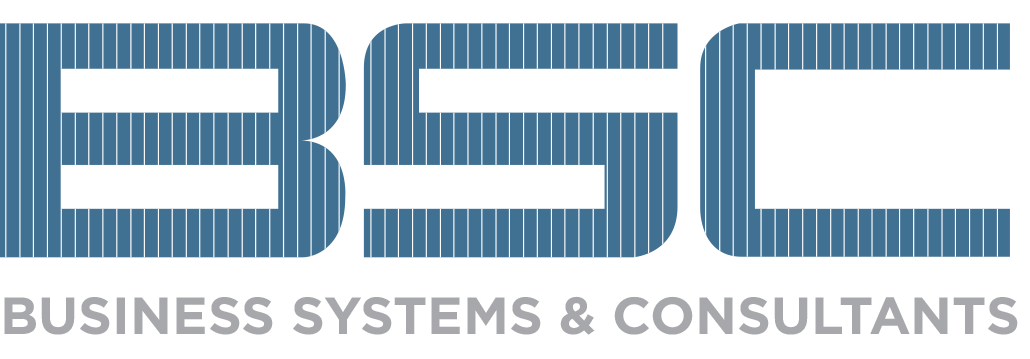Managing Change: Transitioning to Paperless
So your office has decided to go paperless – or at least become a nearly paperless office. Transitioning to paperless can be difficult and managing that change can be even more challenging. You may be wondering, “Now what?”, and have barely a clue where to start and exactly what you’ll need to tackle this tremendous challenge. We’ve provided a list to guide you through this transition as well as some helpful tips on how to manage the affects on your work force.
1. Commit.
Commitment is the strong foundation of any relationship and when it comes to going paperless, you’ll need to fully commit to the process. Demonstrate to yourself as well as the rest of your organization why you need to not only implement this process but seamlessly integrate it through the organization.
2. What do you already have?
Audit yourself. Do you have any type of document management process in place? Can your hardware handle going paperless? Do you have a backup system?
3. What do you need?
Identify the pain. Going paperless is a process that begins by identifying where it hurts. Put a list together by asking yourself what exactly you aim to achieve from this transition. Would you like to free up space by eliminating the number of filing cabinets you use? Want to achieve a more streamlined process for signing off on documents? How about a system that complies with industry regulations?
4. Have a plan in place.
As they say, “A vision without a plan is just a dream”, transitioning to a paperless work environment without a plan is like setting yourself up for failure before you’ve even begun. Make sure to develop a plan that clearly maps out the transition and a timetable to go along with that.
5. Start small.
Start the transition with one department; do a trial run and see how it goes. By doing this, you’re essentially “testing” out not only the plan you set in place but how your employees react to the new document management process. This allows for any changes before broadening your scope.
6. Research, research, research.
Do some research, research again, then research a little bit more. When transitioning to a paperless environment you want to make sure you chose a document management company that’s no rookie to the process. Utilize them to not only clearly define the paperless solutions that you need, but to also help you transition through the change.
7. Make a decision.
Select the company and tools you plan to use. From the software to the actually hardware, you need to decide what document management systems fits your organizations need.
8. Once again, start small.
Start the transition with one department. By doing this, you’re essentially “testing” out not only the plan you set in place but how your employees react to the new document management process. This allows for any changes before broadening your scope.
9. Regulate.
Develop a manual of sorts for company wide use. Include specific guidelines on how to handle the new paperless system. You might even consider developing a “troubleshooting” sheet so IT isn’t flooded with multiple inquires about the new document management system.
10. One more time: start small, go slow.
Gradually take the transition through the company, identifying and solving any complications along the way. Remember to be patient, this change won’t happen overnight.
Still a little foggy on the details? Take a look at this article from our partners at OnBase. “5 Steps to a (Nearly) Paperless Office” via Forbes also gives a great introduction to begin the process internally.
If you like this article, subscribe to our mailing list here to receive updates on Business Systems & Consultants, Inc. as well as news, articles, and other informative content.

